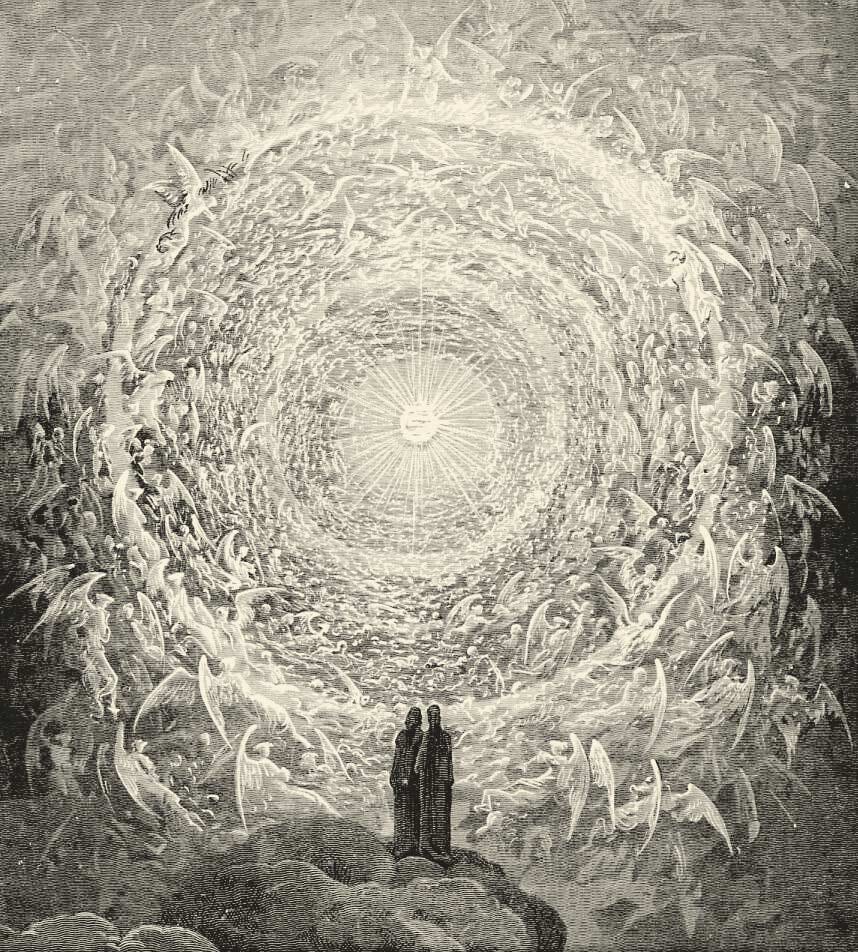Where did Dante's Empyrean come from?

Perhaps the most artistically and textually advanced passage in Dante's Commedia is the description of the Empyrean, a place which doesn't exist materially, beyond space and time. The Dante Encyclopedia defines it as follows:
The tenth and highest heaven, encompassing all creation (< Greek empyrios, fiery). Unlike the other nine heavens, or moving celest…
Keep reading with a 7-day free trial
Subscribe to Biblonia to keep reading this post and get 7 days of free access to the full post archives.

